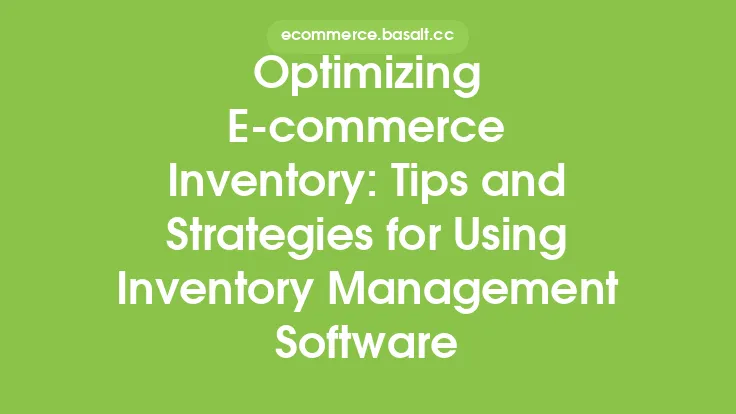In the competitive world of e-commerce, effectively positioning products is crucial for online stores to stand out, attract the right audience, and ultimately drive sales. Product positioning is the process of creating a unique identity for a product in the minds of consumers, differentiating it from competitors, and making it more appealing to the target market. This involves a deep understanding of the product, the target audience, and the market landscape. By employing the right product positioning strategies, online stores can enhance their brand visibility, build customer loyalty, and achieve a competitive edge.
Understanding Product Positioning
Product positioning is about occupying a unique place in the minds of consumers. It involves identifying the benefits, features, and values that make a product distinct and communicating these effectively to the target audience. The goal is to create a perception that the product is the best choice for a particular need or want. This perception is influenced by various factors, including the product's quality, price, design, customer service, and brand reputation. Understanding these factors and how they impact consumer perception is key to developing a successful product positioning strategy.
Identifying the Target Audience
A critical step in product positioning is identifying the target audience. This involves understanding who the potential customers are, what their needs and preferences are, and how they make purchasing decisions. Demographic, psychographic, and behavioral data can be used to create buyer personas, which are detailed profiles of the ideal customer. By understanding the target audience, online stores can tailor their product positioning to resonate with these customers, increasing the likelihood of attracting and retaining them.
Analyzing Competitors
Analyzing competitors is another essential aspect of product positioning. This involves identifying who the main competitors are, their strengths and weaknesses, and how they position their products. By understanding the competitive landscape, online stores can identify gaps in the market and opportunities to differentiate their products. Competitor analysis can also provide insights into market trends, consumer preferences, and emerging opportunities, helping online stores to stay ahead of the competition.
Developing a Unique Value Proposition (UVP)
A Unique Value Proposition (UVP) is a statement that clearly communicates the unique benefits and value that a product offers to customers. It is a key component of product positioning, as it differentiates a product from competitors and resonates with the target audience. A UVP should be concise, compelling, and relevant to the target audience's needs and preferences. By developing a strong UVP, online stores can create a unique identity for their products and make them more appealing to potential customers.
Utilizing Digital Marketing Channels
Digital marketing channels play a crucial role in product positioning, as they provide online stores with the means to reach and engage with their target audience. Channels such as social media, email marketing, content marketing, and search engine optimization (SEO) can be used to communicate the UVP, build brand awareness, and drive traffic to the online store. By leveraging these channels effectively, online stores can increase their visibility, build customer loyalty, and drive sales.
Measuring and Adjusting Product Positioning
Product positioning is not a one-time task but an ongoing process that requires continuous monitoring and adjustment. Online stores need to measure the effectiveness of their product positioning strategies, gather feedback from customers, and make adjustments as needed. This involves tracking key performance indicators (KPIs) such as website traffic, conversion rates, customer satisfaction, and sales. By regularly assessing and refining their product positioning, online stores can ensure that their products remain relevant and appealing to their target audience.
Creating a Consistent Brand Image
A consistent brand image is essential for effective product positioning. This involves creating a cohesive visual identity, tone of voice, and messaging that reflects the brand's values and personality. A consistent brand image helps to build trust, recognition, and loyalty with customers, making it easier to position products effectively. Online stores should ensure that their brand image is consistent across all digital marketing channels, product packaging, and customer touchpoints.
Leveraging Customer Feedback and Reviews
Customer feedback and reviews are valuable assets for product positioning. They provide social proof, build credibility, and offer insights into customer preferences and pain points. Online stores should encourage customers to leave reviews and feedback, and use this information to improve product offerings, customer service, and overall shopping experience. By leveraging customer feedback and reviews, online stores can create a positive reputation, increase customer loyalty, and attract new customers.
Staying Ahead of Market Trends
Finally, staying ahead of market trends is crucial for effective product positioning. This involves monitoring industry developments, consumer preferences, and emerging technologies. By staying informed about market trends, online stores can identify opportunities to innovate, differentiate their products, and stay ahead of the competition. This may involve adopting new technologies, expanding product lines, or entering new markets. By being proactive and adaptable, online stores can ensure that their product positioning remains relevant and effective in a rapidly changing market landscape.





